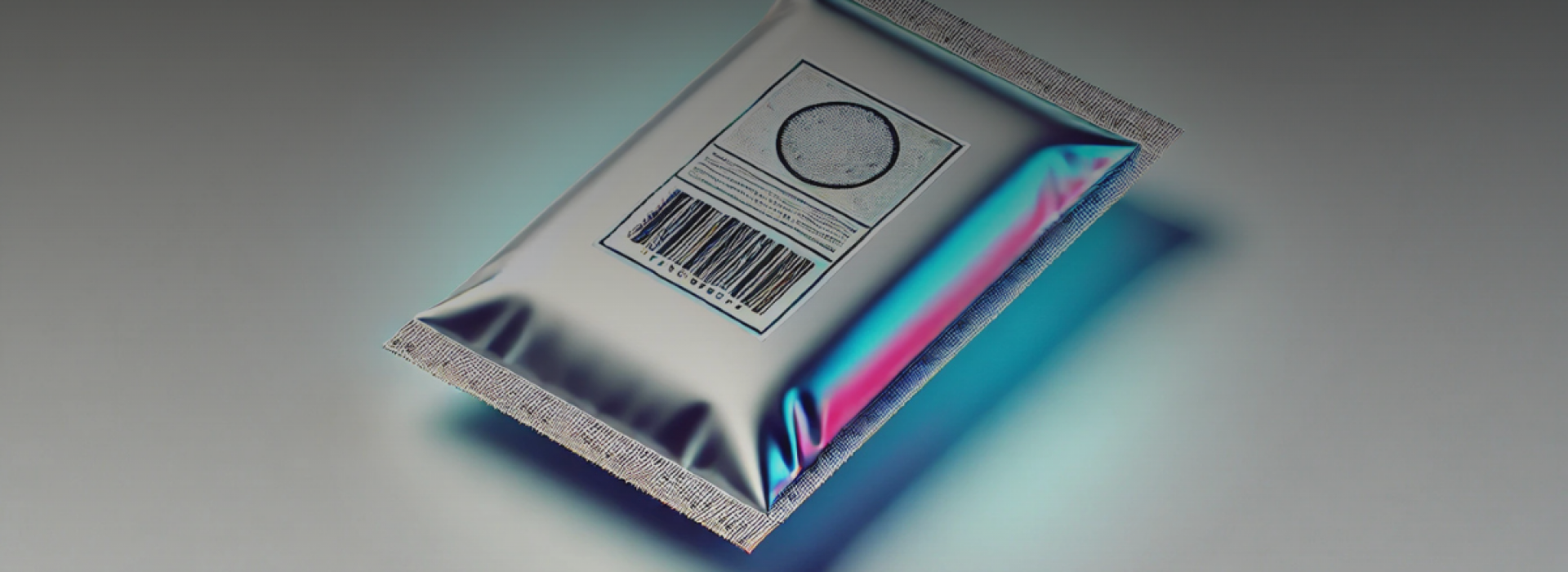Counterfeit goods have become a significant issue, affecting industries from luxury fashion to electronics and everyday household products. Counterfeit items not only undermine brand integrity but also pose serious safety risks for consumers. With the rise in counterfeit goods, businesses and regulatory agencies have developed advanced methods to detect and combat these fakes. Over the years, new tools and technologies have been introduced, enhancing the ability to identify counterfeit products more efficiently. Here are the main forms of counterfeit detection that are employed for consumer goods:
Holograms and Watermarks
Holograms and watermarks are some of the most widely used methods to verify the authenticity of consumer goods, especially for high-value items such as luxury products, electronics, and pharmaceuticals.
- Holograms often contain multi-dimensional images that change depending on the angle of view, providing a simple way to identify counterfeit products.
- Watermarks are typically embedded into materials such as paper or fabric and are visible only under certain lighting or through specialized equipment.
- Inks that typically are being visible or invisible.
Pros:
- Effective for identifying secure markings on packaging.
- Provides clarity and strong communication.
Cons:
- Increases costs.
- Limited to experts who can distinguish between real and fake holograms, as well as watermarks.
Radio-Frequency Identification (RFID)
RFID technology is one of the more advanced forms of counterfeit detection, frequently used in logistics and inventory management. RFID tags contain digital data that can be read by an RFID scanner, providing real-time tracking information for a product.
This technology is particularly useful for large shipments and valuable items like electronics, automotive parts, and fashion goods, where each item can be traced through the supply chain from manufacturer to retailer.
Pros:
- Hard to counterfeit when implemented properly.
- Commonly used for bulk product shipments.
Cons:
- Can be costly when applied to individual products.
Chemical and Physical Analysis
For certain products, especially pharmaceuticals, food, and high-value goods, chemical or physical analysis can be used to detect counterfeit versions.
- Chemical tests can identify discrepancies in product composition that would indicate a counterfeit.
- Physical analysis often involves examining materials, weight, color, and other factors to spot inconsistencies.
This method is particularly useful for detecting counterfeit medicines, perfumes, and cosmetics where product ingredients or materials might be inferior or harmful. However, this is a time intensive and expensive process to implement.
Pros:
- Chemical testing is highly accurate.
Cons:
- Field labs are costly and difficult to scale.
- Shipping samples to forensic labs faces challenges due to country regulations, often leading to delays.
Tamper-Evident Packaging
Tamper-evident packaging is designed to make any unauthorized access or tampering with a product immediately noticeable. This packaging often includes:
- Seals that break if the product is opened.
- Shrink-wraps that are difficult to replicate or replace.
Once broken, tamper-evident features make it clear to the consumer that the product may have been compromised, prompting further checks for authenticity.
Pros:
- Easy for users to see and understand.
Cons:
- Increases packaging costs, as typically two or more seals are required.
UV and Infrared Markers
Specialized inks and markers, visible only under ultraviolet (UV) or infrared (IR) light, are often used to mark genuine products. These hidden markers provide an extra layer of security for brands looking to safeguard against counterfeiting.
While visible branding elements like logos can be copied by counterfeiters, UV and IR markers are typically harder to replicate. Inspectors use UV or infrared light to reveal these hidden markers during authenticity checks.
Pros:
- Appears professional and is generally challenging to replicate.
Cons:
- Requires specialized devices for detection in the field, which limits scalability and increases costs.
Artificial Intelligence (AI) and Machine Learning
Artificial intelligence (AI) and machine learning are becoming the fastest-growing tools in the fight against counterfeiting. Unlike traditional methods, which may involve longer wait periods for testing and analysis, AI can offer real-time counterfeit detection with speed and precision.
- AI-powered image recognition can scan and compare a product’s appearance to a database of authentic goods, spotting even the smallest inconsistencies that human eyes might miss.
- Machine learning algorithms are constantly improving, allowing them to stay ahead of counterfeiters who are evolving their tactics.
The primary advantage of AI is its ability to continuously learn from new counterfeit patterns, offering scalability and faster response times. As AI evolves, it provides businesses with a quicker, more dynamic solution, reducing the time and cost typically associated with traditional detection methods. This speed and adaptability make AI the most promising tool in the ongoing fight against counterfeit consumer goods.
Important Note: When companies must inform the public about verifying a product’s authenticity, it often leads to unintended consequences. What many don’t realize is that this guidance also helps counterfeiters improve their fake products. While the intent behind sharing this information is good, it can quickly backfire. AI-powered digital tools now offer a solution by accurately detecting counterfeits without disclosing the verification process to the user.
Pros:
- Highly accurate in detecting counterfeits.
- Capable of instantly identifying new counterfeit products without specalized equipment.
Cons:
- Slow market adoption for large-scale implementation of new technologies.
As counterfeit threats continue to grow, the need for advanced, multi-layered security strategies has never been more urgent. From traditional methods like holograms and watermarks to cutting-edge technologies like AI and machine learning, businesses have a diverse array of tools to protect their products and consumers. While each method presents unique advantages and challenges, the future of product and packaging security is undeniably digital. By leveraging these emerging technologies, brands can stay ahead of counterfeiters, safeguard their integrity, and provide consumers with the confidence they deserve.


